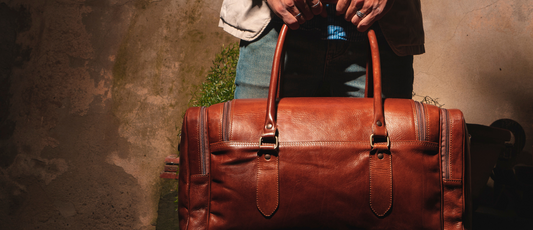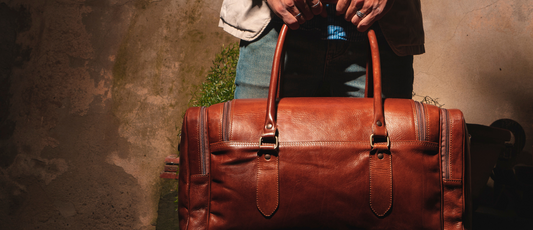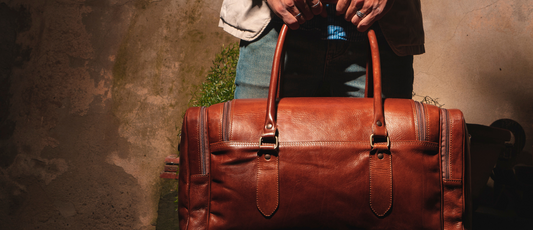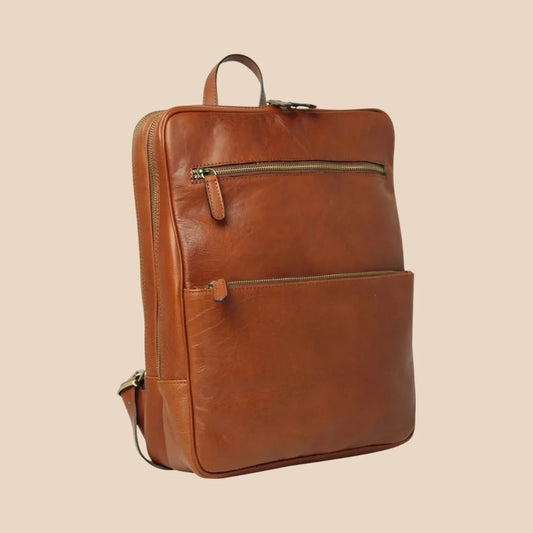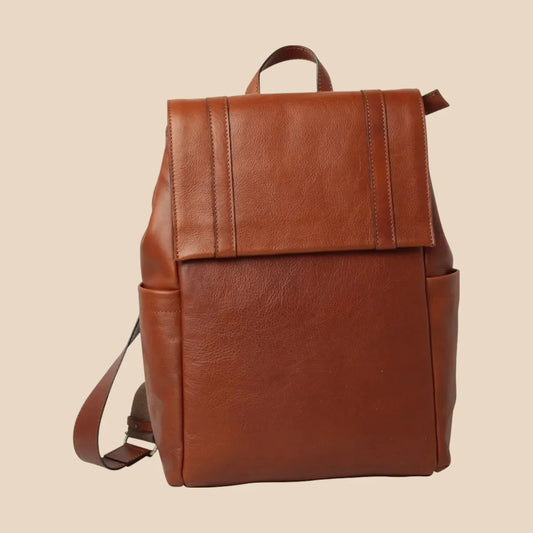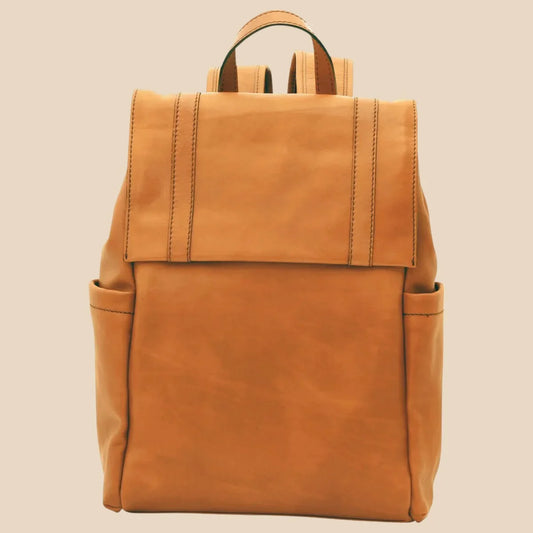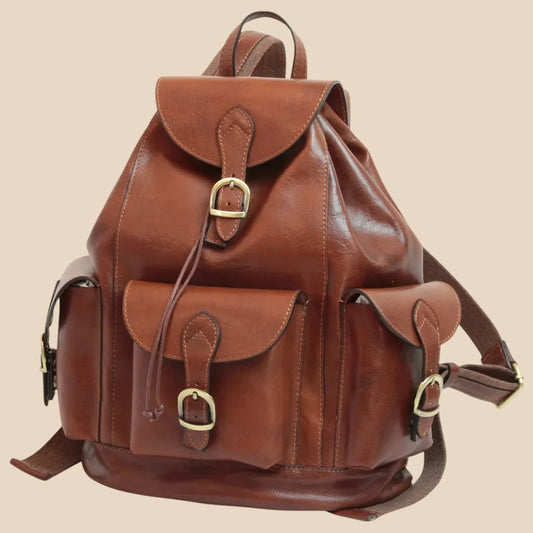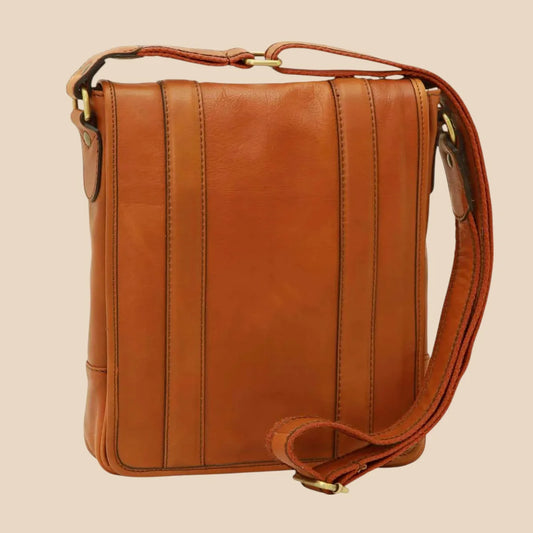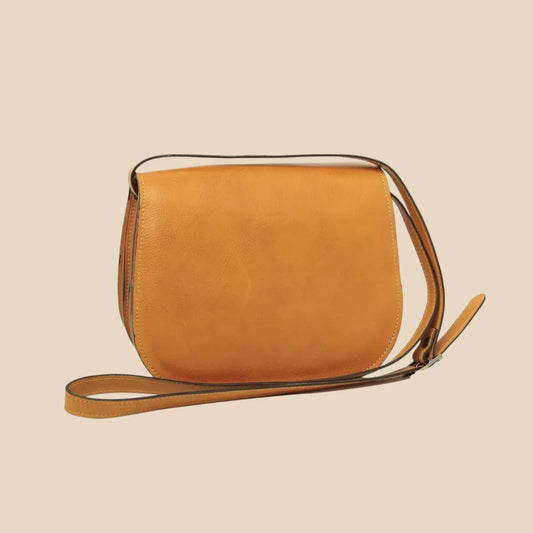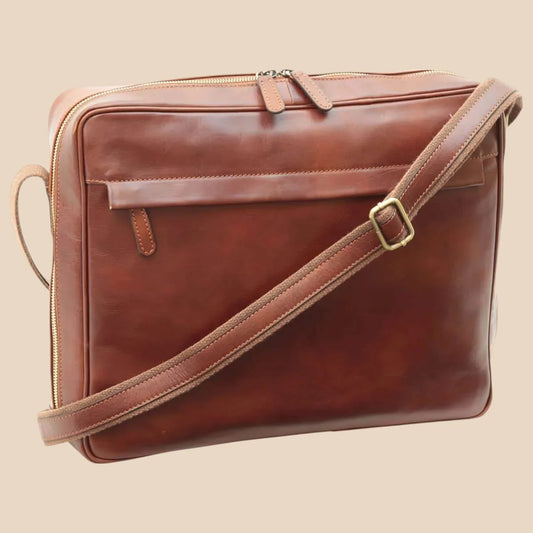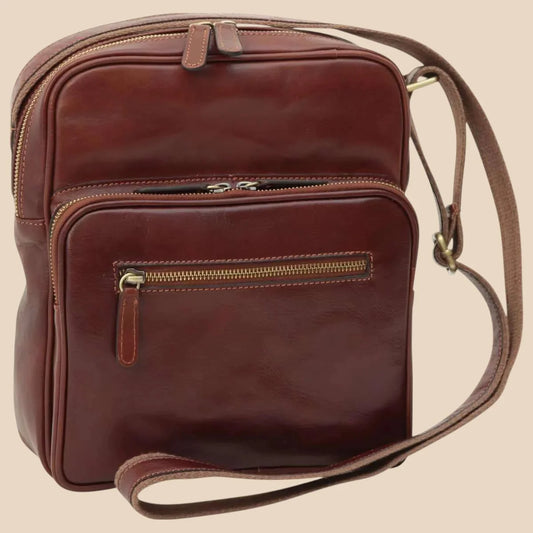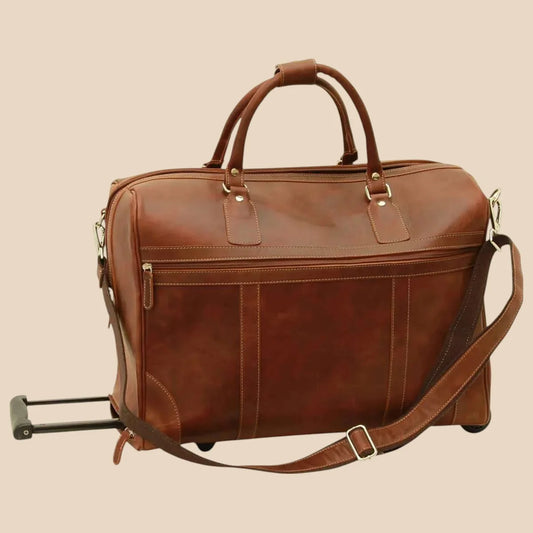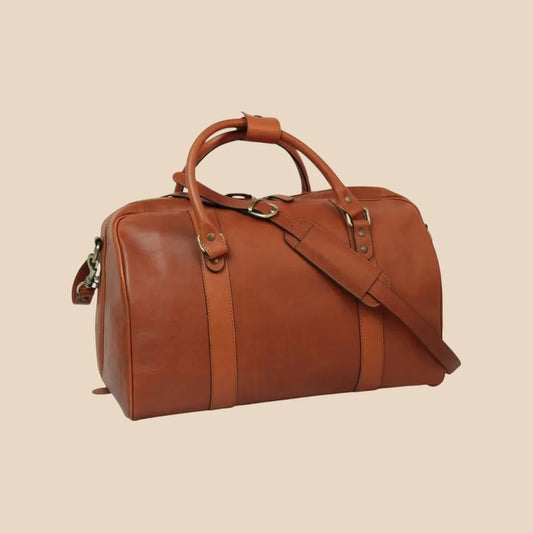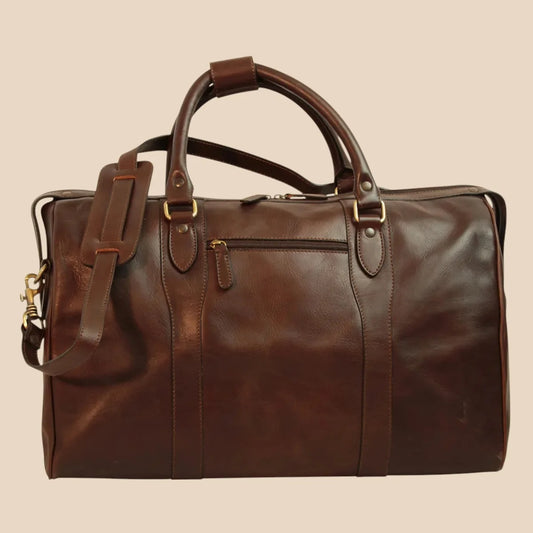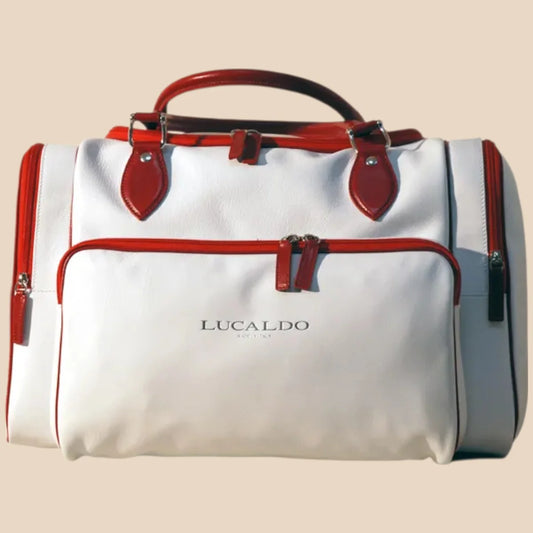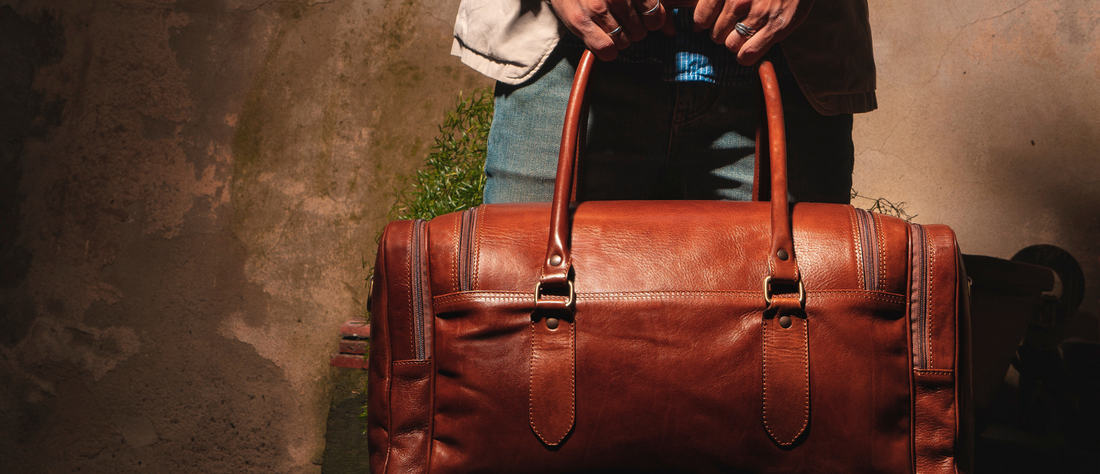
Spotting Cheap Leather: Telltale Signs You're Not Getting the Real Deal
Hey there, leather lovers! Ever been window shopping, eyeing a gorgeous bag or jacket, only to have that nagging feeling - is this the real deal, or am I about to be duped? We've all been there. Honestly, the world of leather can be tricky. But don't worry, I'm here to arm you with the knowledge you need to spot cheap leather from a mile away. From stitching to smell, we'll uncover all the telltale signs. Ready to become a leather detective? Let's dive in!
Introduction
Identifying genuine, high-quality leather is a skill that saves you money and ensures you invest in pieces that last. This guide breaks down the process, starting with simple checks for beginners and moving to expert-level techniques.
For Beginners
The Touch Test
Genuine leather has a unique texture. It's soft, supple, and slightly warm to the touch. Cheap leather, on the other hand, often feels stiff, plasticky, or overly smooth. Think of it like the difference between touching a real flower petal and a plastic one. There's just a natural give and subtle irregularity to real leather that's hard to replicate.
The Smell Test
This one might sound strange, but trust me. Real leather has a distinct, earthy aroma. Cheap leather often smells like plastic or chemicals. It’s a bit like walking into a new car versus a shoe store. If the smell makes you wrinkle your nose, it's probably not the good stuff.
The Look Test
Take a close look at the surface. Genuine leather has natural variations in grain and texture. It's never perfectly uniform. Cheap leather, especially the corrected-grain type often used in budget items, looks too perfect, almost stamped-on. Think of real wood grain versus laminate flooring. Genuine leather embraces imperfections, giving it character.
Intermediate Tips
The Pore Test
Examine the surface closely. Genuine leather has tiny pores, which are remnants of hair follicles. These pores create a slightly irregular surface. Cheap leather often lacks these pores or has a uniform, artificial pattern. A magnifying glass can come in handy here. If it looks like a perfectly smooth, plastic doll's skin, it's probably not genuine leather.
The Water Drop Test
(Use with caution!) Drop a tiny amount of water onto a discreet area. Genuine leather will absorb the water slowly, darkening the spot. Cheap leather will either bead up or sit on the surface. But be mindful of the finish - some treatments can affect absorbency.
The Crease Test
Gently bend or crease the leather. Real leather will wrinkle and crease naturally, similar to how skin wrinkles. Cheap leather may crease sharply or show signs of cracking. This test isn't foolproof, but it can provide a clue. If it looks like it would break or tear easily, proceed with caution. Our collection showcases the suppleness of genuine leather.
Advanced Tips
The Edge Test
Examine the edges of the item. Genuine leather has rough, fibrous edges. Cheap leather or faux leather usually has smooth, painted, or perfectly finished edges. It’s like comparing a frayed rope to a plastic cord – the rough edges are usually a sign of the real thing.
The Backing Test
If possible, check the underside or backing of the leather. Genuine leather usually has a suede-like or fibrous backing. Cheap leather might have a fabric or synthetic backing. If you can see a fabric lining or something that just doesn't look like the other side of leather, be skeptical.
Troubleshooting
"But the Label Says 'Genuine Leather'!"
Unfortunately, the term “genuine leather” can be misleading. It is a real type of leather, but often the lowest grade. While it's technically leather, it’s less durable and doesn't age as gracefully as higher-quality leathers like full-grain. Check out our blog post "Don't Get Fooled By The Tag" to learn more.
Resources
Still unsure? Don't hesitate to ask questions! Reputable leather goods sellers are happy to answer your queries. You can also refer to our blog post, "A Complete Guide to the Different Types of Leather," for a deeper dive into the world of hides.
Conclusion
Armed with these tips, you can confidently navigate the world of leather goods and make informed purchases. Investing in quality leather pieces, like our handmade briefcase, means you'll own an item that not only looks good but also lasts for years. Remember, discerning quality leather is a skill honed over time. Don't be discouraged if you're not an expert right away. Practice makes perfect! (Or at least, pretty darn good at spotting the real deal.) Happy shopping!
FAQ About Bufalo d'Oro
Where are Bufalo d’Oro products made?
Our products are handcrafted in Italy.
What types of leather do you use?
We specialize in full-grain and top-grain leathers.
Do you offer repairs?
Yes, please contact us for details about our repair services.

